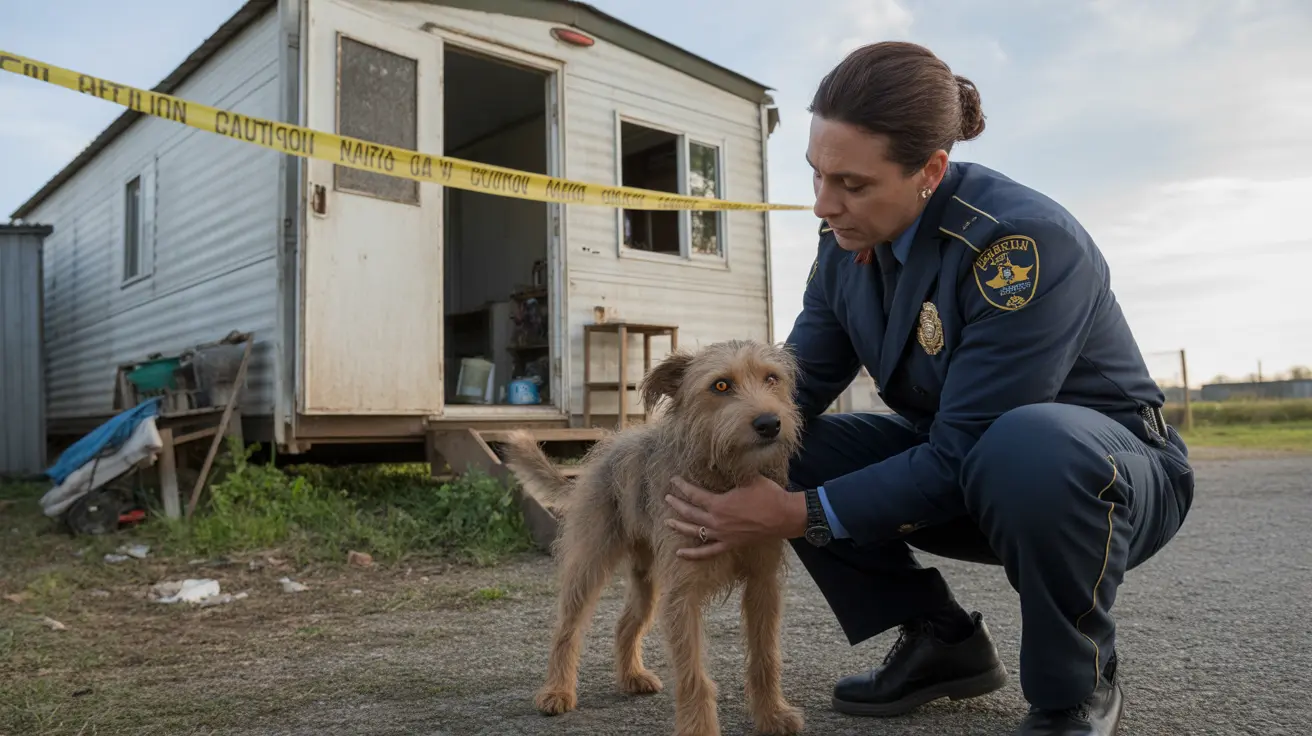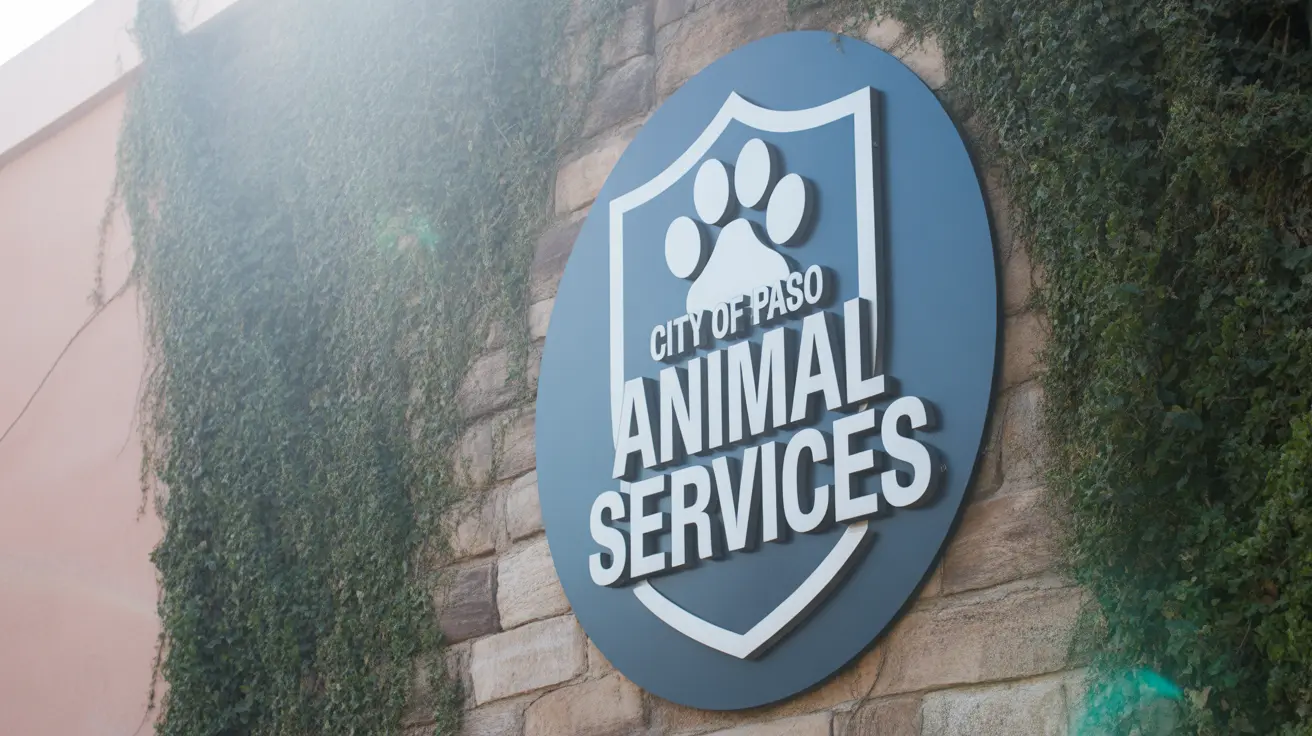Recognizing Animal Welfare Concerns
Animal welfare concerns often develop gradually, making early recognition crucial for prevention. When multiple animals are kept in confined spaces, conditions can deteriorate rapidly, affecting both the animals' health and living conditions.
Common Signs of Animal Abuse to Watch For
- Multiple animals in a confined space
- Signs of inadequate living conditions
- Concerning odors from residences
- Lack of proper ventilation
- Limited outdoor access for pets
Understanding Animal Hoarding Mental Health Connections
Cases involving multiple animals often have underlying mental health components that require compassionate understanding alongside intervention. Mental health professionals recognize animal hoarding as a complex issue that requires specialized support and intervention strategies.
Animal Protection Organizations' Role
- Providing immediate intervention
- Offering temporary housing for rescued animals
- Connecting individuals with necessary support services
- Educating communities about responsible pet ownership
Animal Cruelty Prevention Strategies
Prevention remains the most effective approach to protecting animal welfare. Communities can work together to:
- Establish neighborhood watch programs
- Support local animal welfare initiatives
- Promote responsible pet ownership
- Encourage early intervention when concerns arise
Frequently Asked Questions
What are the signs of animal neglect I should look out for in my neighborhood?
Watch for overcrowding of animals, strong odors, lack of proper ventilation, limited outdoor access, and visible signs of poor living conditions. If you notice multiple animals being kept in confined spaces with inadequate care, these may be warning signs requiring attention.
How do I report suspected animal cruelty in my area?
Contact your local animal control office, police department, or humane society immediately if you suspect animal neglect or cruelty. Document any observable issues with dates, times, and photographs if possible, but never enter private property without authorization.
What resources are available for individuals who struggle with animal hoarding?
Multiple support services exist, including mental health counseling, animal welfare organizations, and community support groups. Local health departments and social services can connect individuals with appropriate resources for both human and animal welfare assistance.
Taking Action for Animal Welfare
The Waterbury incident serves as a crucial reminder that animal welfare requires community vigilance and prompt action. While this situation ended tragically for many animals, it highlights the importance of early intervention and proper reporting of concerning situations.
Recognition of animal neglect signs and understanding the complex factors involved can help prevent similar situations in the future. Community members are encouraged to stay informed about animal welfare issues and maintain open communication with local animal protection organizations.






